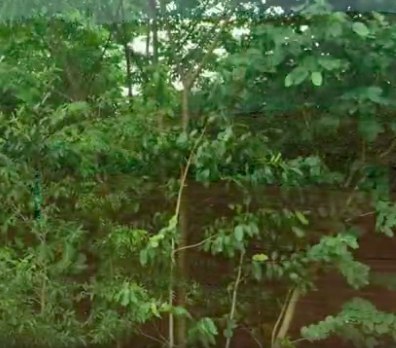On the far eastern edge of Paris, along the outer rim of the infamously traffic-clogged périphérique ring road, a radical method for reforestation has begun to show green shoots of hope in the most unexpected circumstances.
There’s a dense, green thicket of more than 30 species of trees and plants — willows, elms, oaks, limes, poplars and more — towering above what is an otherwise unloved, concrete-filled corner of the French capital.
“Look at it, it’s like a jungle,” says Damien Saraceni, co-founder of Boomforest, the French nonprofit behind the project. “This has all grown in just a few years. It brings so many different benefits. And we don’t do anything to maintain it.”
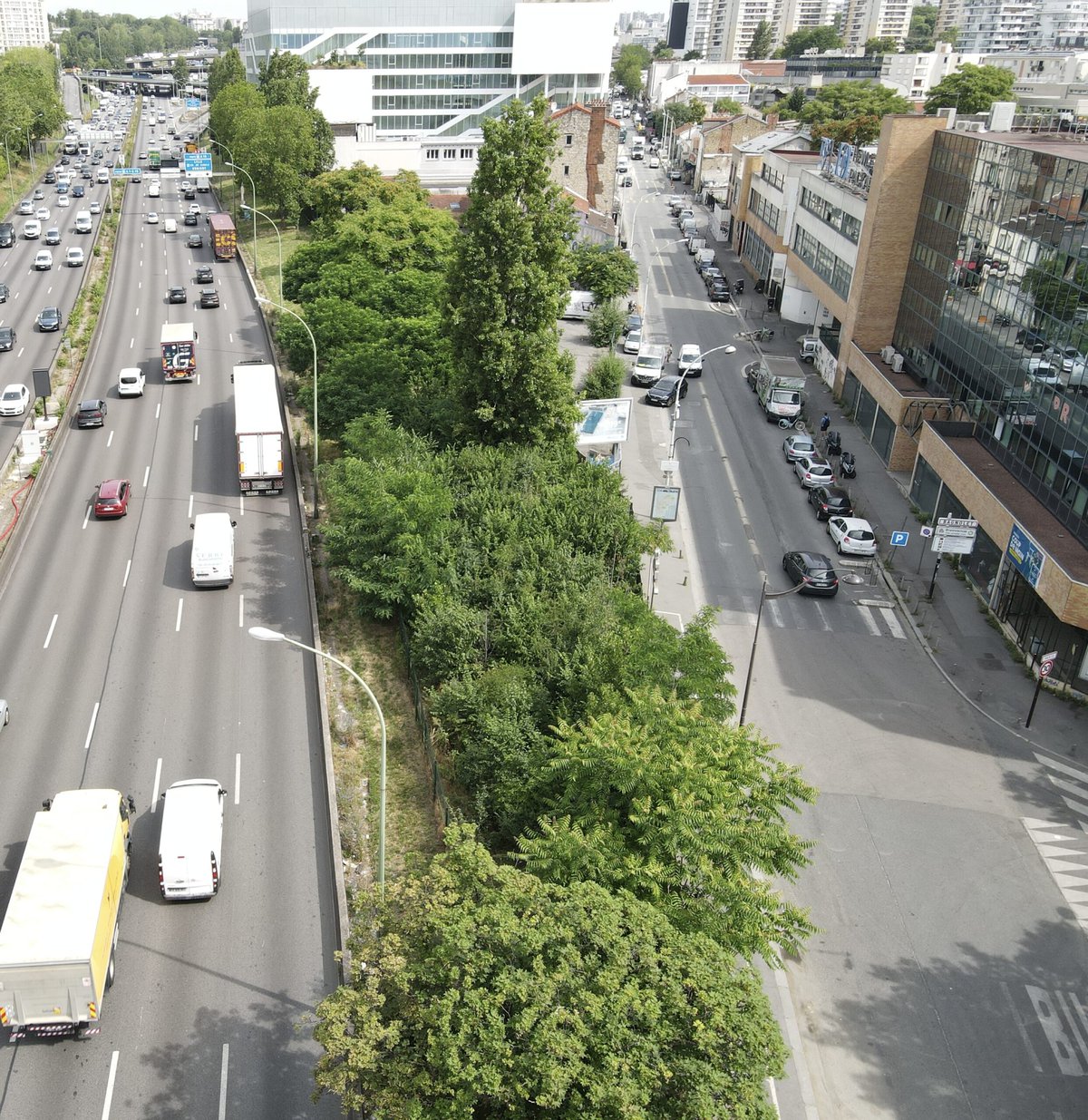
Founded in 2017, Boomforest is taking an approach to reforestation known as the Miyawaki method. Developed by the Japanese botanist Akira Miyawaki in the 1970s, the concept is to plant tree species that are native to the area in a very dense and layered manner — three per square meter — in order to recreate the richly fertile conditions of the natural primitive forests that once covered the planet. It is in contrast to the slower, more orderly and homogeneous processes of traditional reforestation.
Proponents claim that this method can produce a self-sufficient forest in just three years and that these forests grow faster, are denser and contain greater biodiversity than conventional forests. A Miyawaki forest in Japan, according to his own research, can grow one meter a year and can reach maturity in 15 to 20 years — 10 times faster than the average. What’s more, they can in theory be cultivated in all kinds of unconventional locations: roundabouts, factories, schoolyards, or indeed, ring roads.
Crushed by negative news?
Sign up for the Reasons to be Cheerful newsletter.“In a city, these mini-forests lower the temperature, so not only do you feel shade, but they cool the atmosphere and block out the noise pollution,” adds Saraceni, who runs the project with his Italian friend Enrico Fusto during their spare time. “They revitalize the soil, absorb rainfall, support biodiversity and so many more things.”
The roots of Miyawaki’s forest-growing theory, which specializes in quickly creating forest cover on degraded land, trace back to when he studied plant ecology in Japan. He realized how native plants would thrive in multi-layered forests around religious Shinto shrines, rather than species brought in from other areas that would often dominate local forests. Miyawaki then aimed to replicate this when he began working with companies such as Nippon Steel and Honda following the enactment of a law in 1973 that required factories to make a fifth of their land into green space.
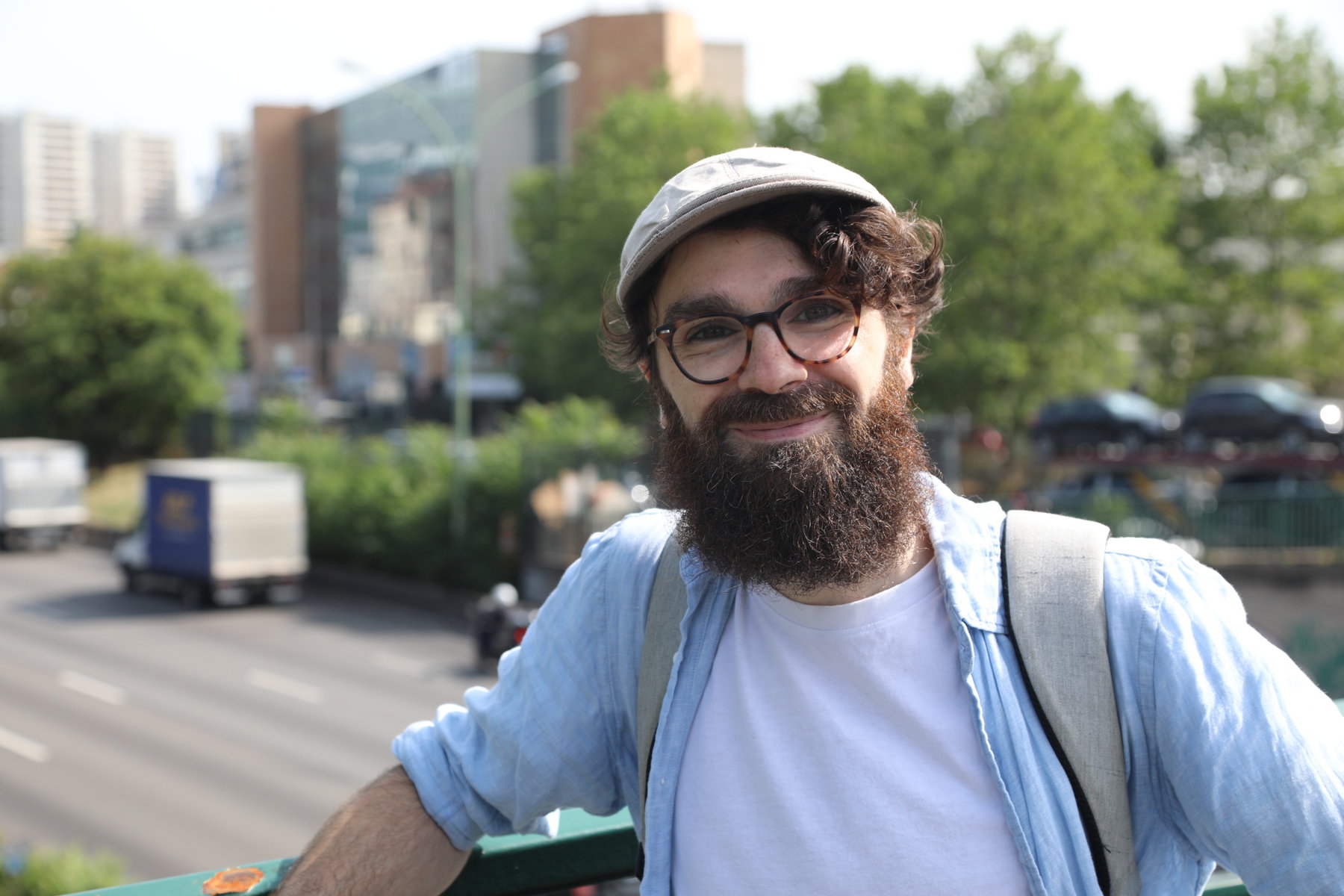
These projects proved successful, and from them, Miyawaki developed four fundamental steps for his method: identifying native species in the area of reforestation, cleaning and preparing the soil, planting the tree saplings in high density, and installing straw protection to improve humidity and water retention. After that, the forest must be weeded once a month until it becomes autonomous.
“They started doing it in car parks, places like that for companies,” says Dr. Shin-ichi Meguro, a senior researcher at the IGES-Japanese Center for International Studies in Ecology who was a doctoral student when he met Miyawaki. “After that, it took off, and many volunteers wanted to support them. Now it’s gone around the world.”
According to Meguro, at least 40 million trees have been planted across the world using Miyawaki’s method, spanning 19 countries and 2,700 projects, from tropical rainforests to alpine zones and former mining sites with acidic soil.
“That proves this method can work in many different habitats and environmental conditions,” he says.
Reforestation could be one of the key tools to help fight climate change and preserve the world’s biodiversity. Between 2001 and 2022, 459 million hectares of forest were lost, according to Global Forest Watch, the equivalent of a 12 percent decrease in tree cover. Yet that deforestation is being countered: Over the same time period, 130 million hectares of forest were restored. The Bonn Challenge, initiated by the International Union for Conservation of Nature and the German government in 2011, set a global goal to restore 350 million hectares of degraded and deforested landscapes by 2030.
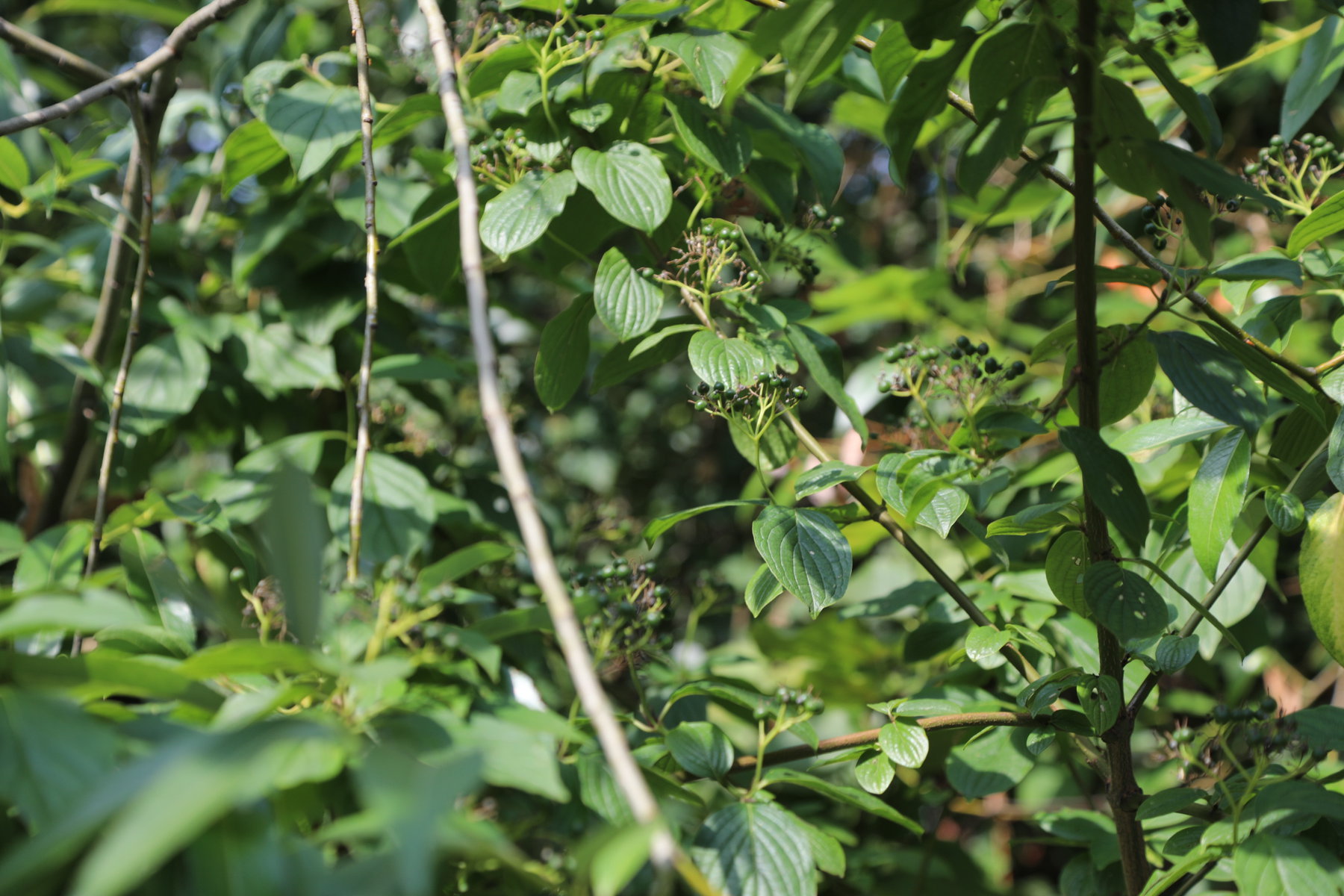
Yet there is still serious debate over the best way to go about reforesting the planet. Research has shown that reforestation projects can often fail in the long-term: one study of projects in South and Southeast Asia published in January found that 44 percent of trees had died after five years, with the authors concluding that “socio ecological context” and the role of local communities must be taken into account in restoration efforts. Problems are likely to emerge, for example, if such projects fail to involve and seek input from communities, or if protecting nature is prioritized over their livelihoods.
But local volunteers run Boomforest’s projects. Other initiatives across Europe, such as Urban Forests in Belgium and Citizens Forests in Germany, have taken a similar, citizen-led focus. This, Saraceni argues, will give Boomforests a better chance of success.
“If we want to protect a forest, the best way is to use people,” he says.
Nonetheless, some research suggests that Miyawaki’s method may not be applicable in all climates. A study on the arid Mediterranean island of Sardinia in 2011 found that there was a tree mortality rate of between 61 and 84 percent after 12 years.
However, more recent and robust experiments are showing better results for the method. Florent-Xavier Gadea, a researcher at Paul Sabatier University in the city of Toulouse, is running a 1000-square-meter project that began in March 2021. Of the 3,000 trees that were planted, about 16 percent had died 16 months later.
“I didn’t know anything about this method [until this project] and I’m utterly convinced because I see that it works really well — and despite summer droughts almost every year,” says Gadea, who has received support from Collectif Micro Foret Toulouse. He praises the “robust” system, thanks to the soil preparation and the selection of native species “adapted to the location.”
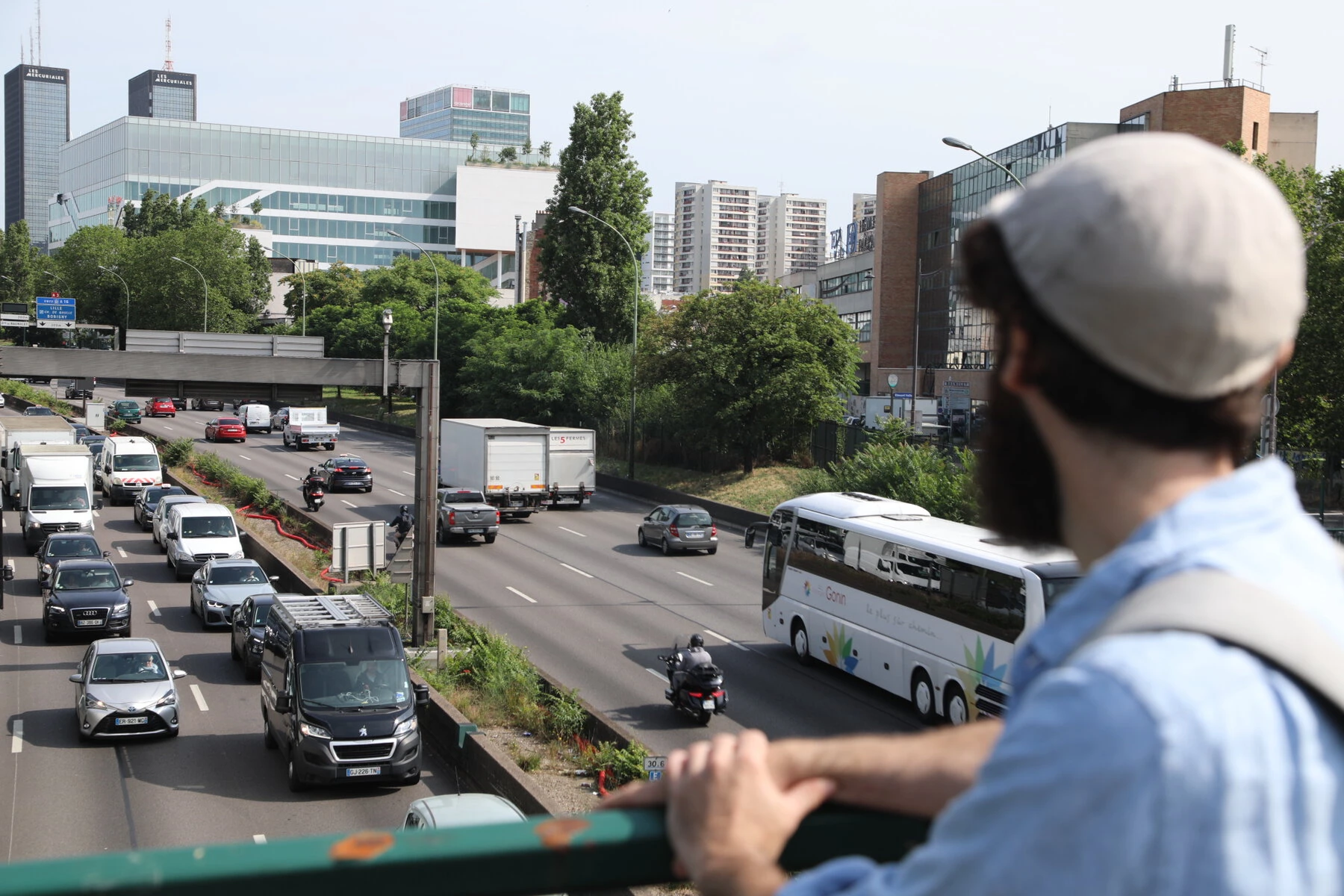
In Paris, the Boomforest project launched after its founders won funding as part of the Participatory Budget, which allows residents to vote on spending for municipal projects. That allowed the nonprofit to create the first micro-forest – which contains 1,200 trees in a 400-square-meter space in the east of the city – in 2018. Since then, Boomforest’s rapid reforestation efforts have bloomed, and it now has about 20 projects in France, mostly at the initiative of local residents who have heard about their work.
Paris City Hall said in 2020 it would plant 170,000 trees using the Miyawaki method – which it described as an “innovative planting method” – over the next six years.
For Boomforest, a major inspiration for the project has been to take what was a somewhat complex yet highly effective theory and translate it into a simple, “open source” method that can be done by everyone. It has published a succinct manifesto, a single-page list of key steps and an estimated budget to launch a Boomforest.
“We wanted to take the scientific method and make it easy to communicate and understand,” says Saraceni, who estimates that it costs around €3,000 to produce a 100-square-meter forest. “We want it to be copied.”








